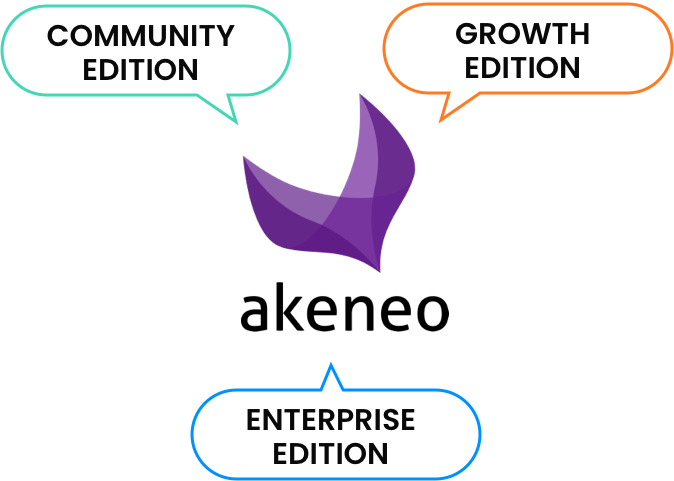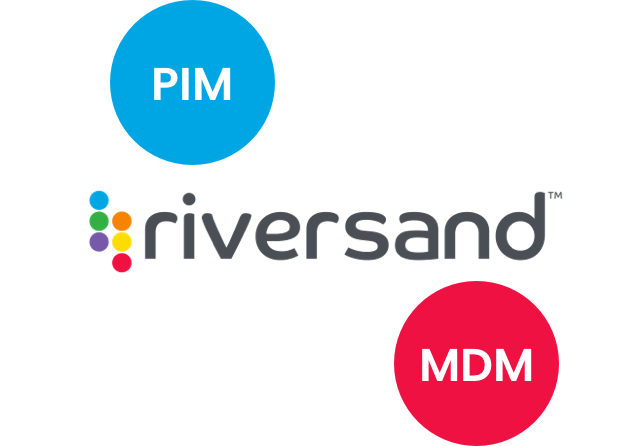What is Product Information Management (PIM) and why do I need it?
Product Information Management (PIM) is the approach to combining people, process, and technology to manage product content effectively to help grow sales, improve customer experience, and reduce operating costs. PIM is sometimes also referred to as Master Data Management (MDM) of Product Data, Product MDM, Product Content Management (PCM), Product Data Management (PDM), Item Management (IM), or Catalog Management.
Product Information drives the cost-effective differentiators of online shopping experiences. Retailers, manufacturers, distributors, and online brands and can use product information management (PIM) solutions to improve sales and customer experience, speed up time-to-market, and even enable broader content-driven digital transformation efforts.



Product information is relevant to customers, channel partners, business units, e-commerce, marketing, sales, customer service, digital and translation agencies, and other functional areas.
Ventana Research defines Product Information Management as technology that provides the ability to consistently manage product and related information being used by business processes and consumers. Ventana also notes that as today’s organizations add suppliers and increase the number and diversity of products and services they offer customers and partners, and as customers increasingly interact with organizations across multiple touchpoints or channels, organizations need to address limitations in the ways they acquire, create, manage, and distribute product information, including related attributes and content that describes the product.
By 2022, one-third of organizations will require new technology to redesign product experiences to meet the expectations of buyers and customers
According to an AT Kearney study a few years ago, poorly maintained and synchronized product information cause companies to lose about 3.5% of their sales each year, spend 25 minutes per SKU per year manually cleansing out-of-sync product information, and spend between $40 to $400 per erroneous invoice to reconcile more than half of the invoices they generate each year.
New product introductions take an average of 4 weeks mainly due to inefficient and error-prone approaches to managing and exchanging product information. Delays in new product introduction means lost sales opportunities – a best-in-class PIM capability should enable a product release to market within a week.
In recent times, the rise of the digital storefront and consumer preferences for rich product content and the ability to shop across channels has elevated the importance of PIM as a critical business capability. As customers increasingly shop across digital channels, companies are launching new products through new channels. According to the Aberdeen Group, companies are also aligning their brand and sharing product and other operational data across channels to deliver a seamless customer experience across channels (i.e. an omni-channel experience) and prevent lost sales opportunities.
An integrated approach to product and other data sharing is required for this strategic shift, and effective product data management is a key enabler of an omni-channel commerce capability.
Another reason why some industries are streamlining their product information management capabilities lately is compliance with government regulation. For instance, the FDA UDI (Unique Device Identification) regulation in the US mandates medical device companies to submit applicable product information to the FDA, and the European Union (EU) Food Regulation 1169/2011 mandates that companies provide consumers access to product information, such as nutritional value, ingredients and instructions, prior to purchasing pre-packed food products via distance and online sales.
Key Benefits
High Quality & Consistent Data
Product and variants management, data inheritance, data validations, quality checks, completeness checks, bulk edit features, rules-based auto-enrichment, approval workflows, audit trails, and role-based permissions ensure you create and deliver high-quality and consistent data.
Integrated Digital Assets
PIM helps you onboard, link, control, optimize, and share product assets with digital channels. PIM simplifies the task of associating imagery, videos, PDFs, and other digital assets with product data.
Automation & Scale
Automate product categorization, data validations, inheritance, concatenation of data for consistent titles & descriptions, image optimizations, data imports and exports, alerts, and reporting to scale data management operations
Supplier Portal for Data Collection
Provide suppliers a self-service portal to onboard data into PIM. Spend less time and money collecting and onboarding data, and more time managing suppliers, increasing assortment, & growing sales.
Data Globalization
Localize UI, metadata, and data values in PIM to support your global business. Automate data translation. Setup region-specific product hierarchies, attributes, languages, currencies, units of measure, reference data, and product feeds with appropriate access controls
Ecommerce Data Accelerators
Leverage PIM to manage rich product data systematically to enable navigation and exploration features critical for conversion on eCommerce sites. These features include intuitive categories and sub-categories, helpful product titles and descriptions, facet navigation, cross-sell compatible products, comparisons, etc.
PIM Solutions



Akeneo PIM Solutions
Leverage our versatile PIM implementation expertise with Akeneo. We help you create, manage & publish high quality content more efficiently.
Explore Solution


Syndigo (Riversand) PIM/MDM Solutions
Choose StikeTru™ as the Implementation Partner and empower your business. Our Proven expertise on the Syndigo (Riversand) PIM & MDM solutions are best of breed in the market.
Explore SolutionTruPIM
TruPIM is an end to end integrated solution to propel your online storefront at a fraction of the cost.
Explore Solution














